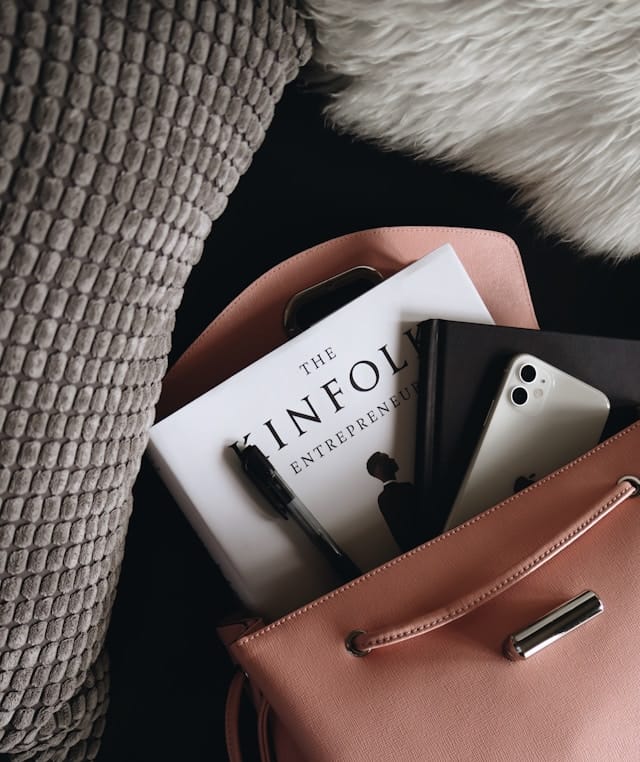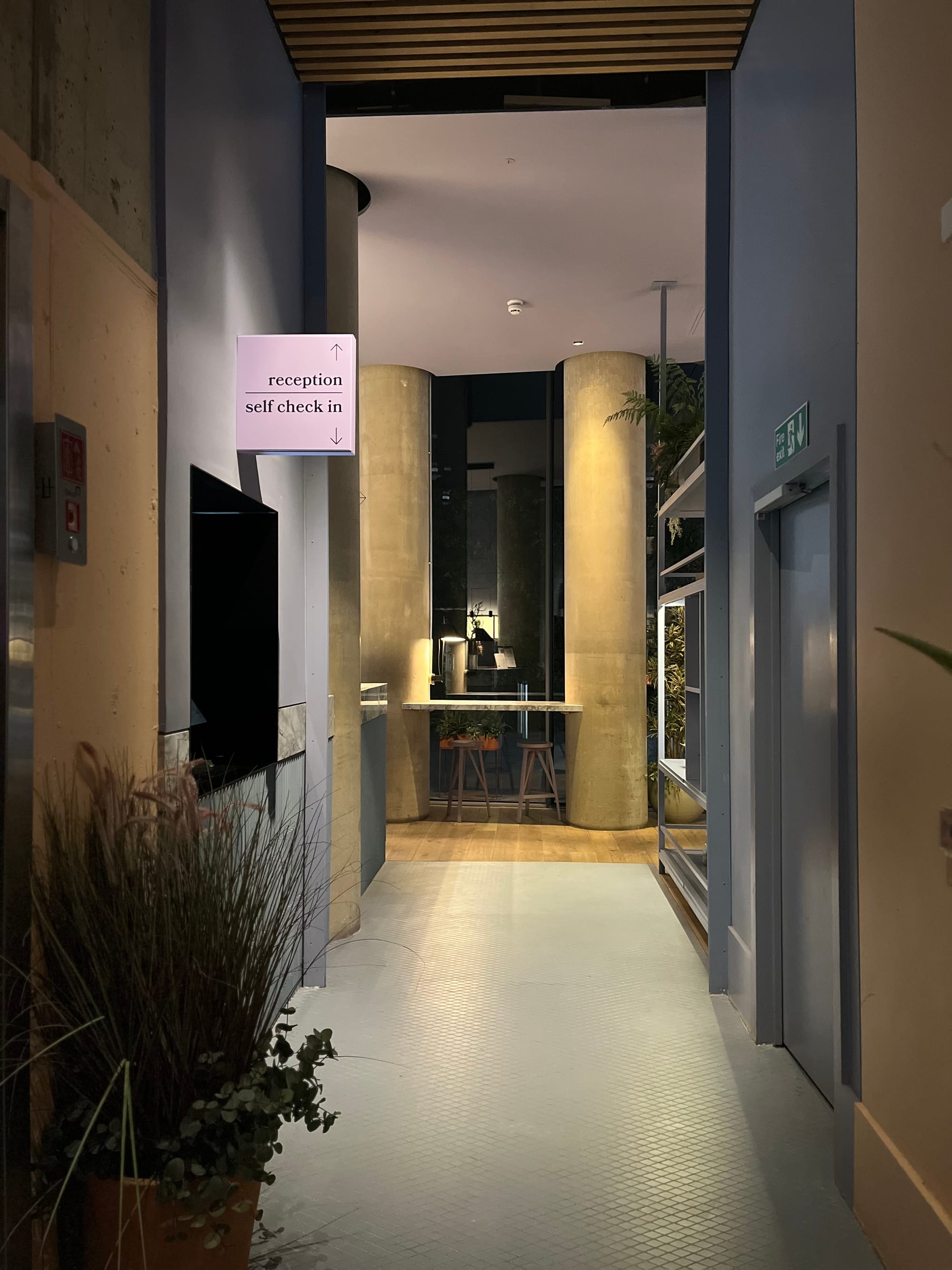Traveling to go deeper
Travel is an important part of my family’s life. The need to change environments and explore a totally different country, state or city pulls at us. We go intentionally; taking only a few things, looking to plunge into culture, excited about the prospect of creating new experiences.

By March 2020, our family trips soon transitioned into the experience of "home away from home.” During the summer, we would try to visit a city or two for a minimum stay of one month and live in a modern yet affordable smaller space. Our two homes in the U.S. fall within the small yet modern category (more on that later) so we try to find places that wouldn’t be too far from our idea of what home looks like.
The search for where to reside during our travels is often tedious but rewarding. We generally gravitate towards aparthotels (apartment style hotels) and well structured short term rentals. Monthly rentals makes the most financial sense to us, especially when we plan on staying for an average of six weeks. The extra two weeks are usually regular hotel stays. This takes care of our transition period between cities, or short-term stays for more expensive accommodations.

As an Interior designer and end-user looking to go deeper, It is imperative for me to explore spatial environments more holistically.
The idea of settling into a place and letting the place settle into you is a natural way of understanding how to design for more than just “nice” living.
Once we arrive at the destination and settle down, I’m intentional about observing how we choose to use the space. I observe the ways we interact with each other within each room, the ways we interact with the furniture and elements around us, and then gather insights from what I notice. Towards the end of each stay, I conduct short interviews with family members and document their experiences — carefully noting what each person has to say about things they would change to make their stay more enjoyable.
It is interesting to note that the more time we get to treat each bare bones living environment as home, the more we realized we needed less stuff to be happy. I’m training my mind to pay attention to wellness related things: how furniture quality and placement affects our productivity, how lighting or the lack thereof affects our sleep integrity, how a certain color palette alters our mood, how a view out to nature dramatically improves our tranquility.
Through experimentation and observation, I was practicing how to deeply empathize with our use of space. The insights gathered from these experiences is essential to understanding how to better design for spatial well-being.